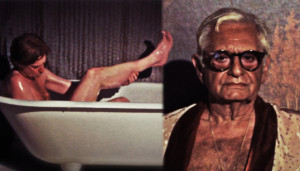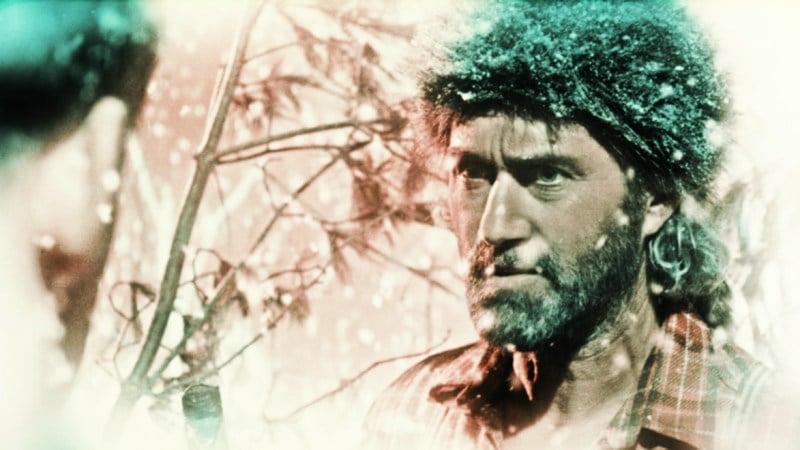
Guy Maddin’s new film, co-directed by Evan Johnson, “The Forbidden Room,” easily wins this year’s prize for the weirdest, most inaccessible film I saw at Sundance. It’s a visually stunning and inventive homage to old and silent films with a bizarre Russian Doll story structure — stories within stories within stories all the way down the rabbit hole.
This probably explains why yesterday about half of the audience chose to walk out of the world premiere of this 131-minute film early — most in the first hour. Everyone on either side of me and behind me fled. The few of us who did stick it out were, for the most part, members of the press, either diehard Maddin fans or people in the know enough to know that the film, whatever its flaws, would still be an event. But we stuck it out until the bitter end, which is less common for press than you might think: At Cannes, hordes would walk out of films 10 minutes before the ending and then still deign to write a review.

The plot — what little can be made sense of it — starts with an old man in a bathrobe, explaining quite humorously the procedure for bathing oneself. This seems to lead into some kind of dream world on a submarine, where a group of middle-aged to old men — man in bathrobe included — are sweating and panicking because they’re about to run out of air and their captain is nowhere to be found. Suddenly, they find a passenger who has snuck onto the ship (Roy Dupuis) covered in leaves and dirt, and who they imagine might have been a lumberjack. We cut to the forest in winter, where said supposed lumberjack is on a mission to rescue Margot, the damsel in distress. And things just go deeper and deeper from there.
Now and then, Maddin will pull us out, layer by layer, returning to the story in which our current story is nested. It’s clear and exciting when this happens for the first three introduced plots, but gets messy and confusing in the middle of the film. You could easily doze off for 10 minutes and miss virtually nothing: Alertness would not have helped you sort out this madness. The stories are all sketches, mostly melodramas, told with striking images, sounds and intertitles: Dialogue is rare, and when it appears, it’s often surreal.

That’s not to say there isn’t much to enjoy. There’s wit to be found within, like when a young woman is confronted with, as the intertitles tell us, her “Inner Child,” and she reacts by shooting it. There’s also a who’s who of character actors making appearances, from Charlotte Rampling to Adèle Haenel. The intertitles tend to feature prosaic and heightened language, with often bizarre syntax, filling in blanks but also adding wit and verve. And the film looks like nothing you’ve ever seen before, even though it’s an homage to the kinds of things you have seen from the past.
Maddin has been pushing visual boundaries since the start of his career, and this film seems like Sundance’s “Goodbye to Language 3D” (directed by Jean-Luc Godard): beloved by some, reviled by others and admired but not liked by those like me. While Godard pushed the boundaries of 3D, Maddin has found a way to shoot digitally yet make it look like old film stock, with flickering images and light, scratches and even intertitles with heightened and prosaic language, with entirely different intertitle and visual designs for each story.
It’s kind of a shame, though, that these boundary pushers, at least the ones getting massive attention, tend to be old white men — don’t get me wrong, though, they’re visionaries — because it means we still have to suffer through women being relegated to old-fashioned stereotypes: the mother, the whore, the damsel in distress. And both “The Forbidden Room” and “Goodbye to Language 3D” are peppered with naked women (no naked men, mind you) for no real reason. In “The Forbidden Room,” harkening back to backwards times is the point, and I couldn’t help but wish the storytelling could catch up with modern times as much as the visuals have.
Contact Alexandra Heeney at aheeney ‘at’ stanford.edu.
